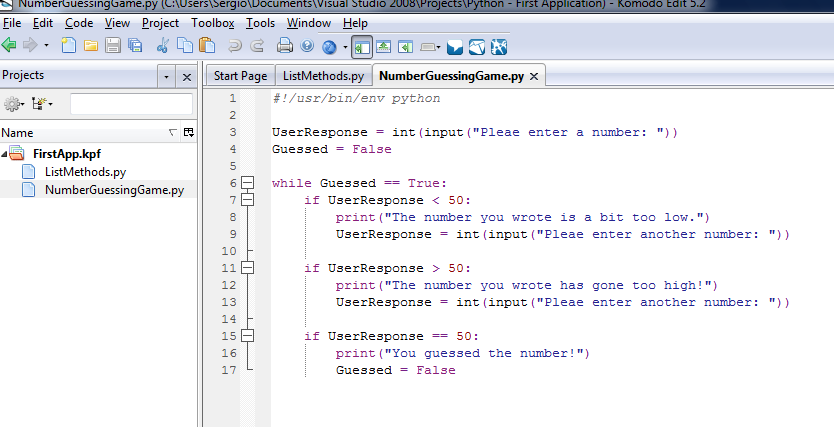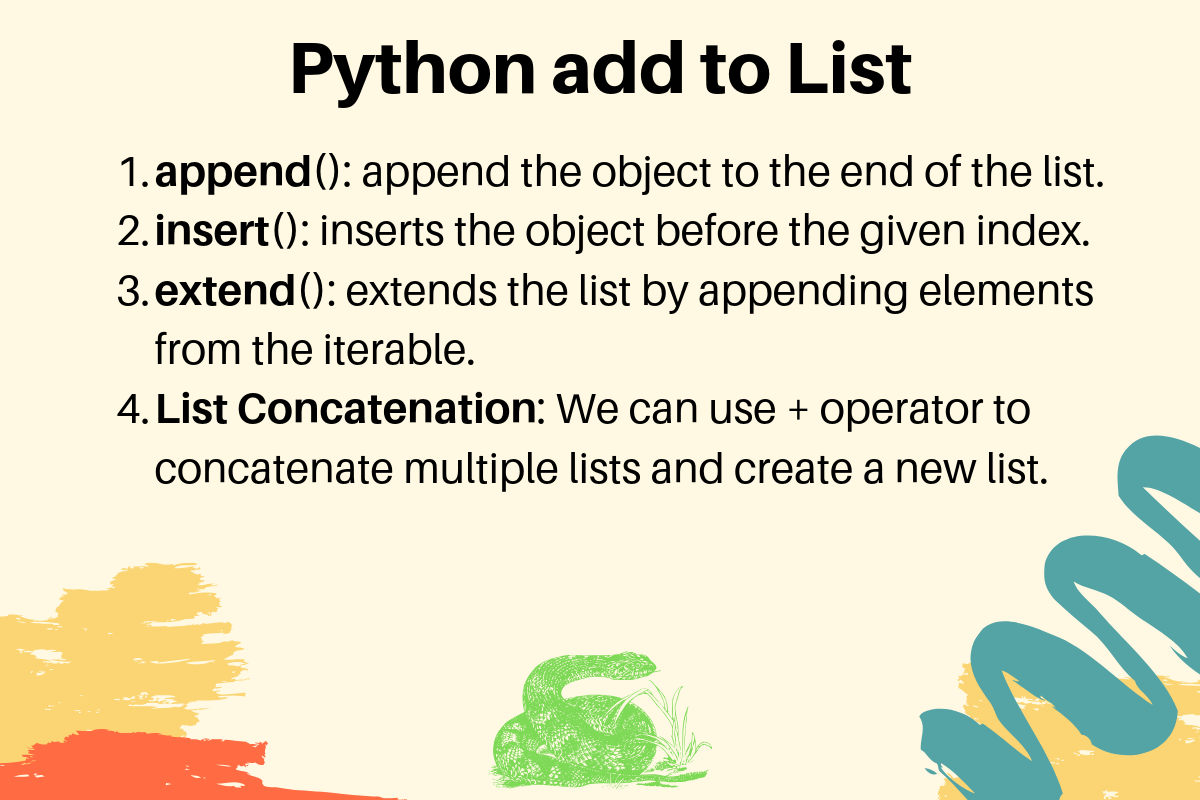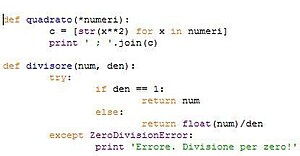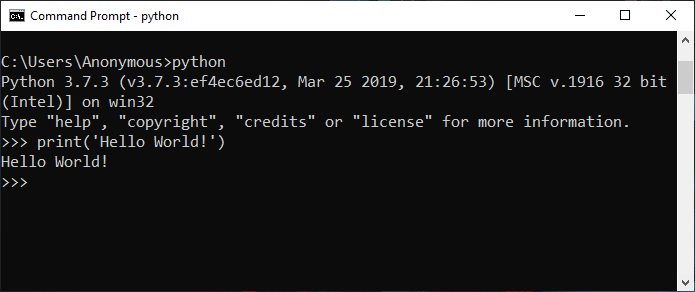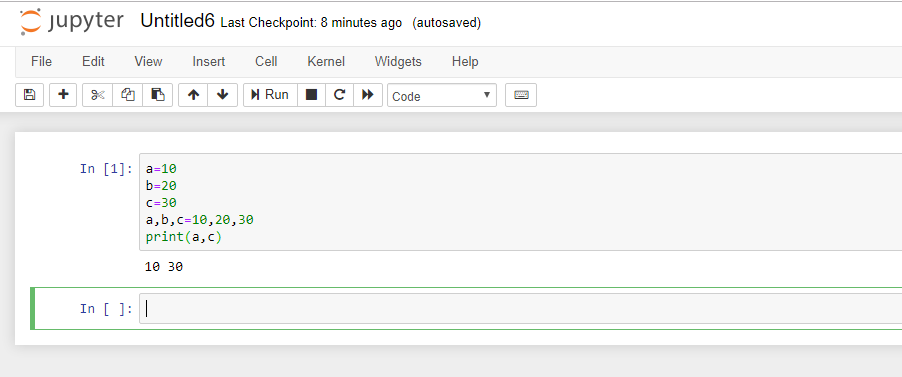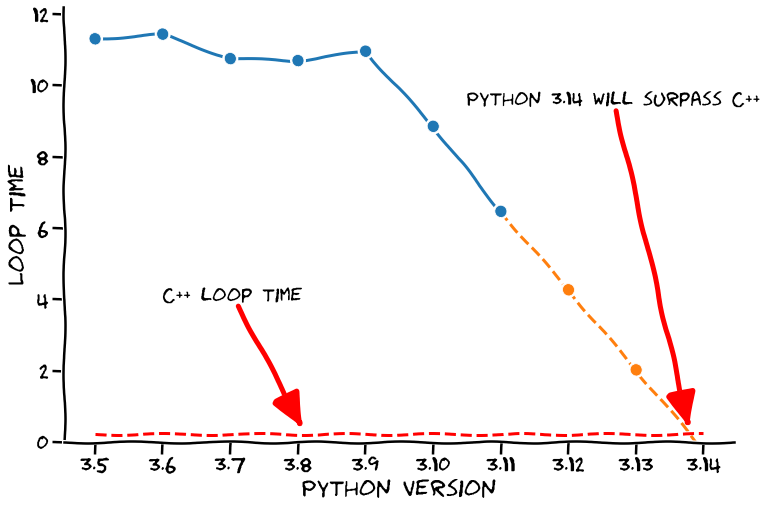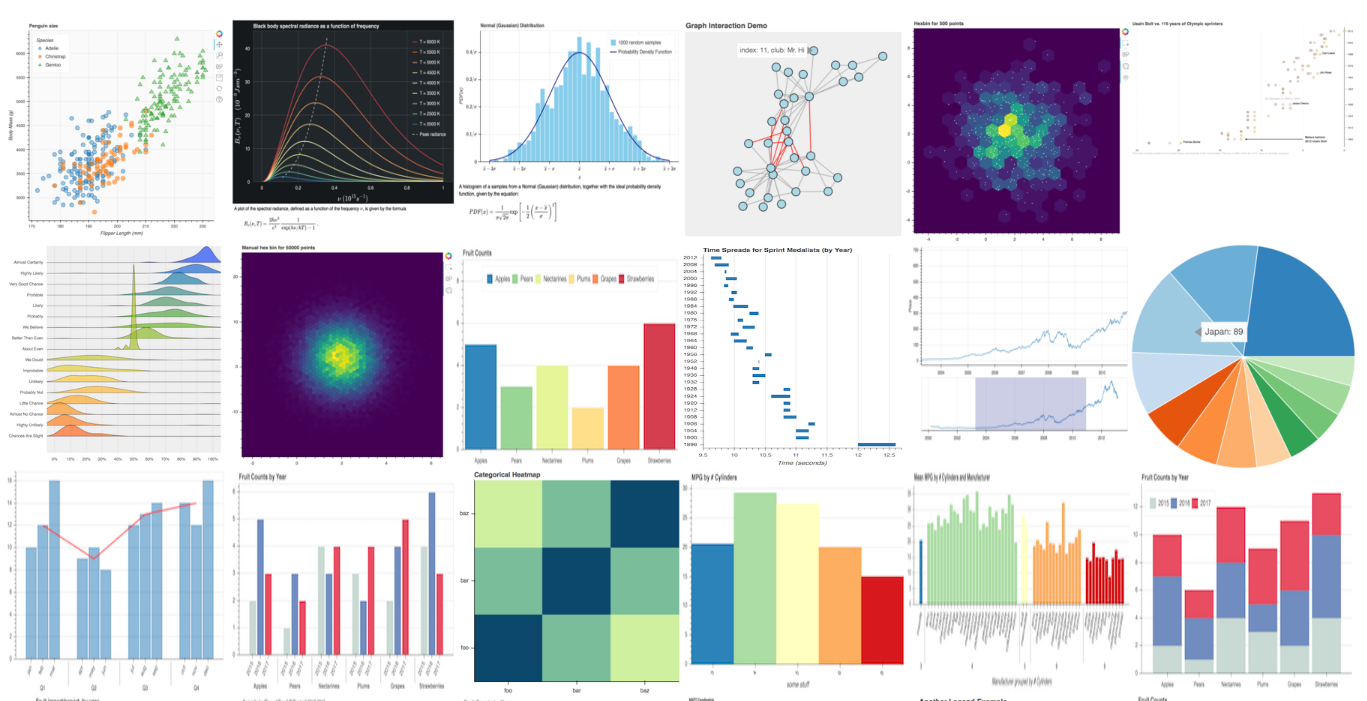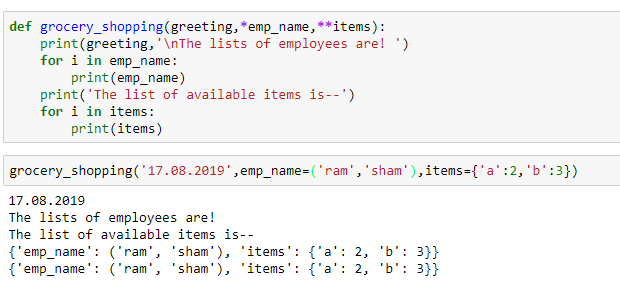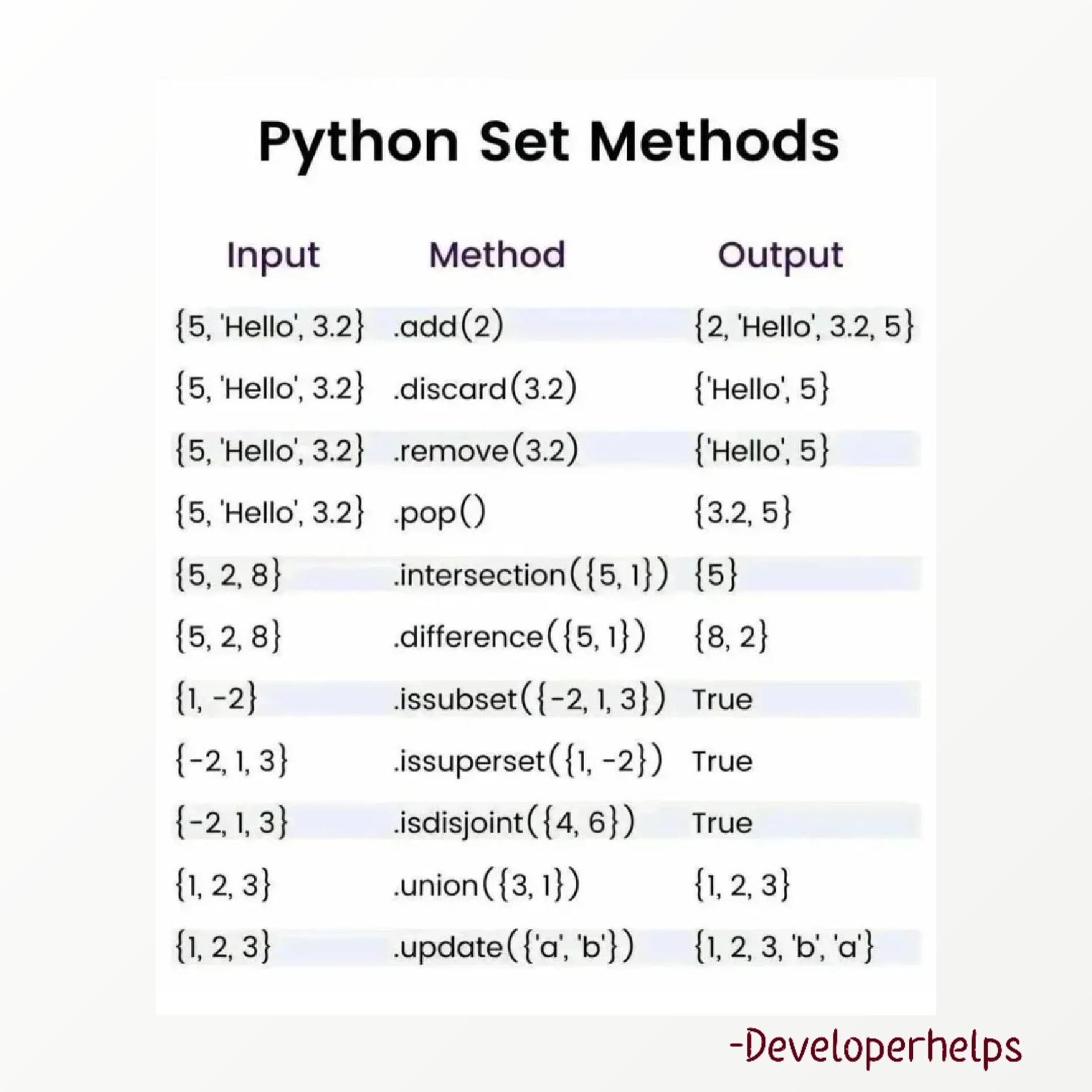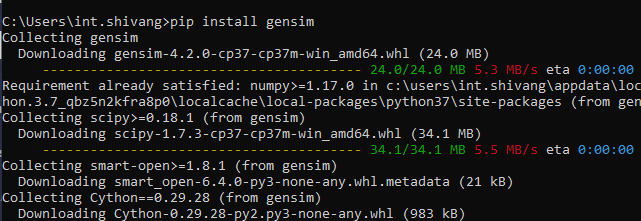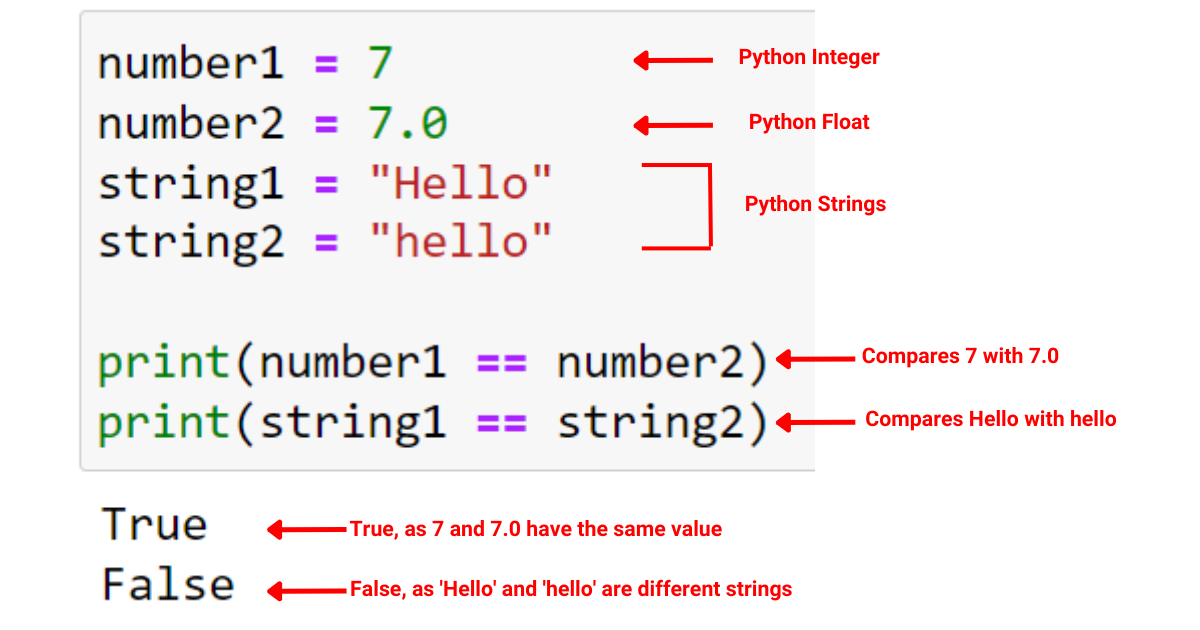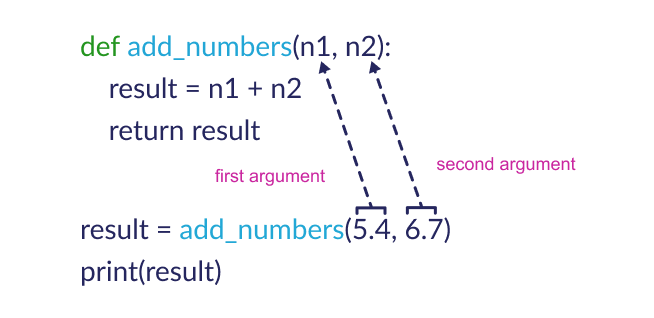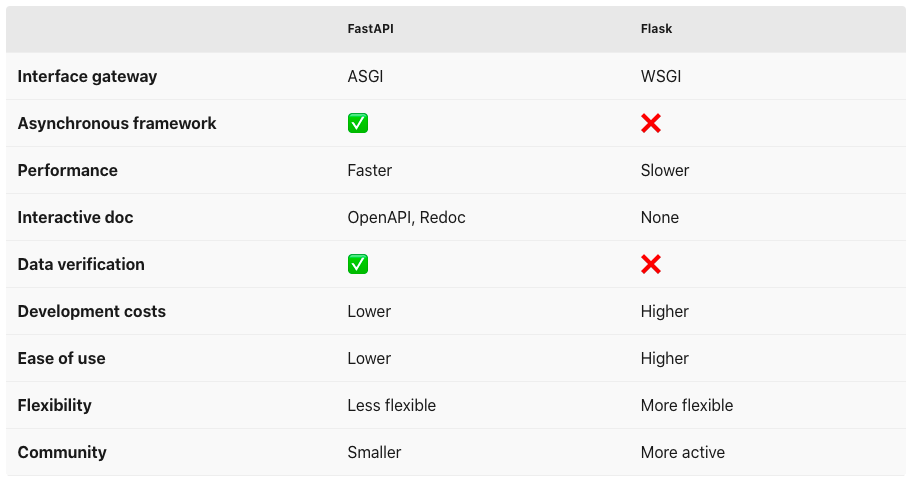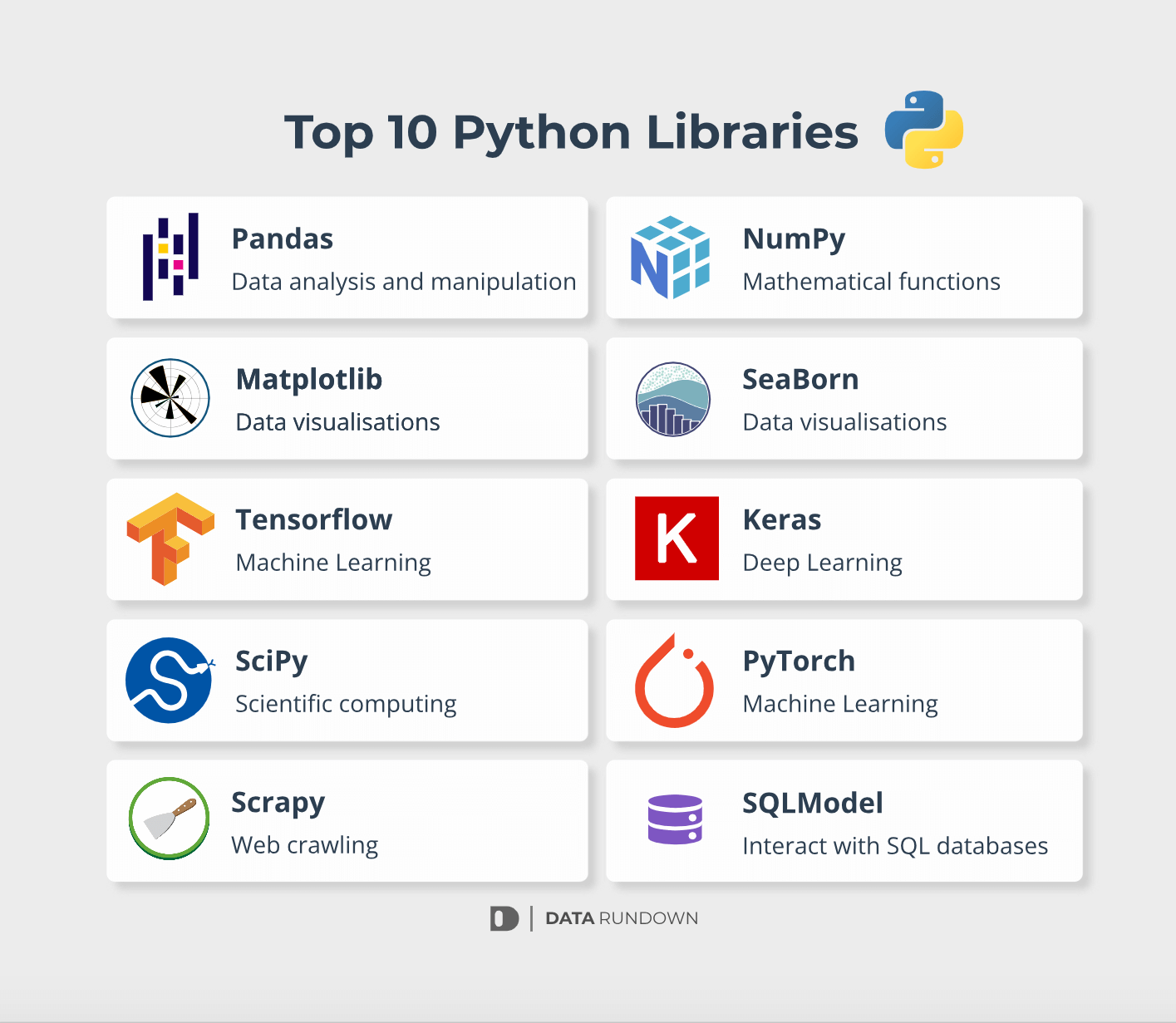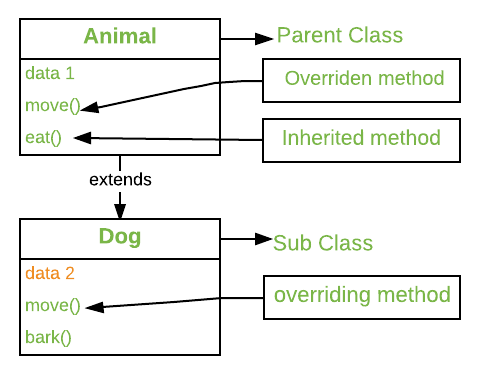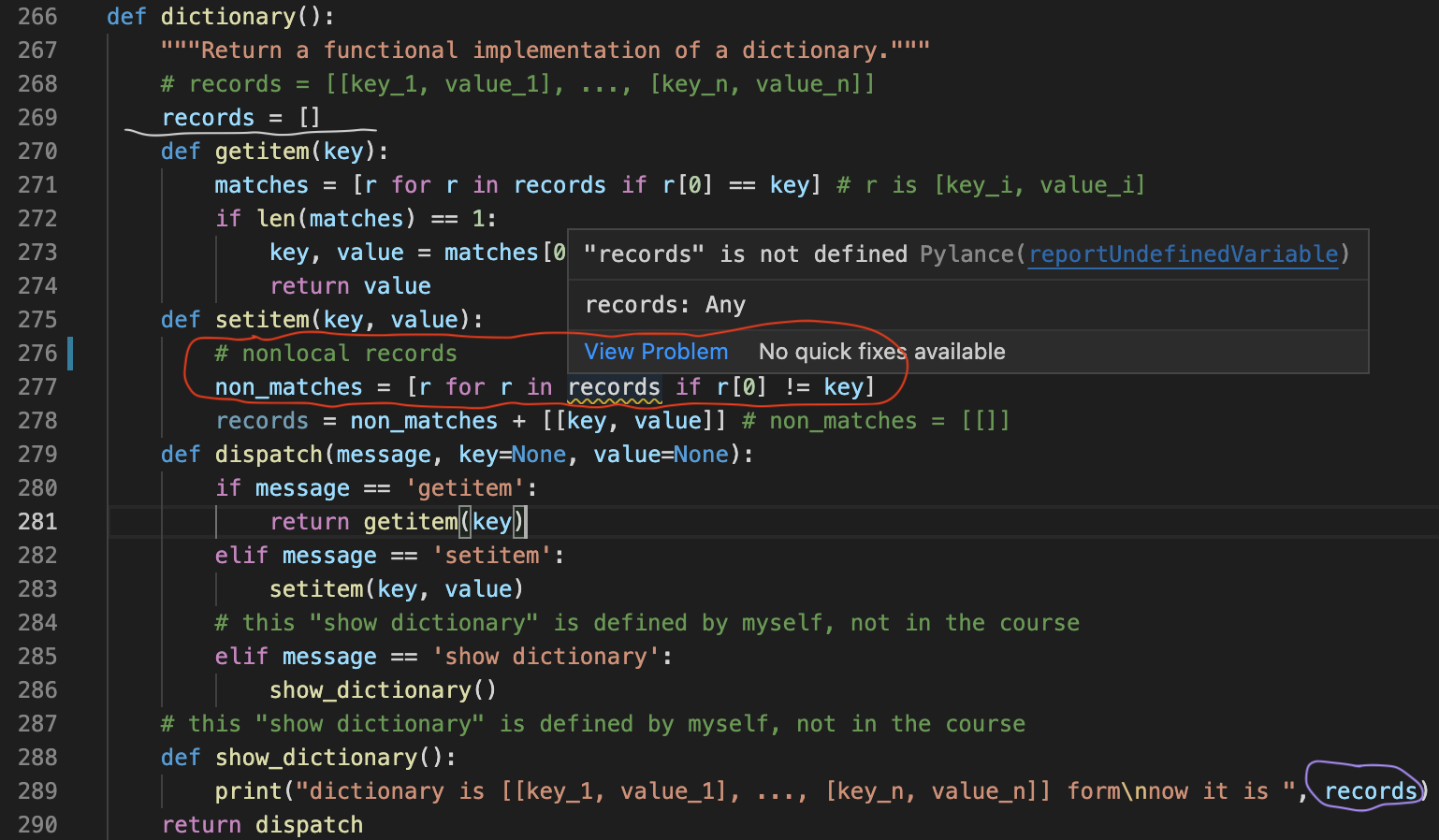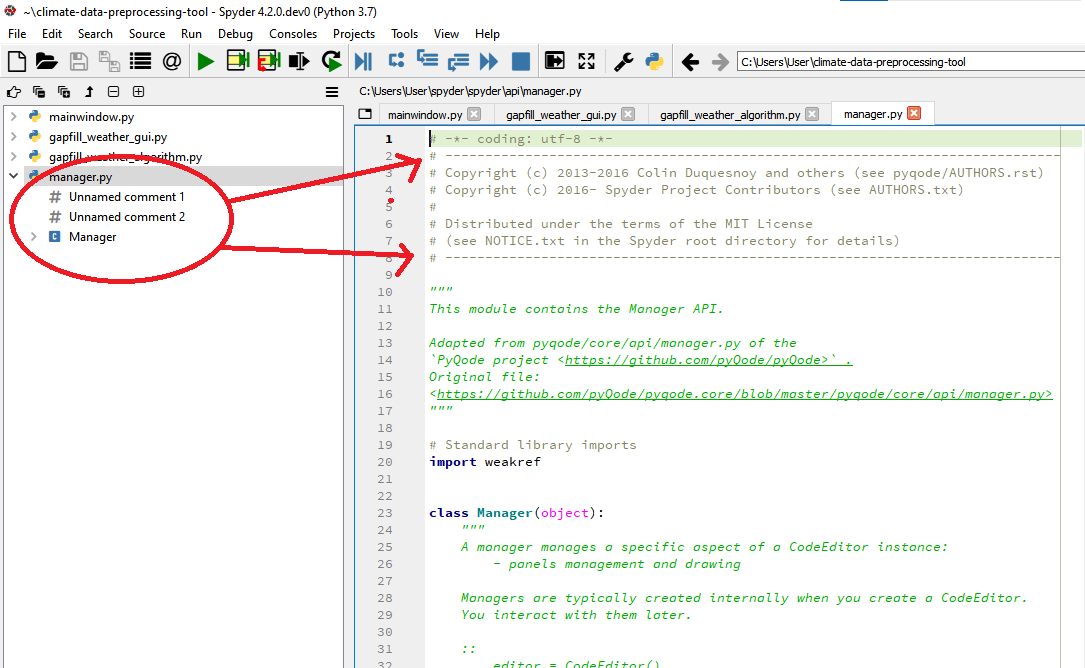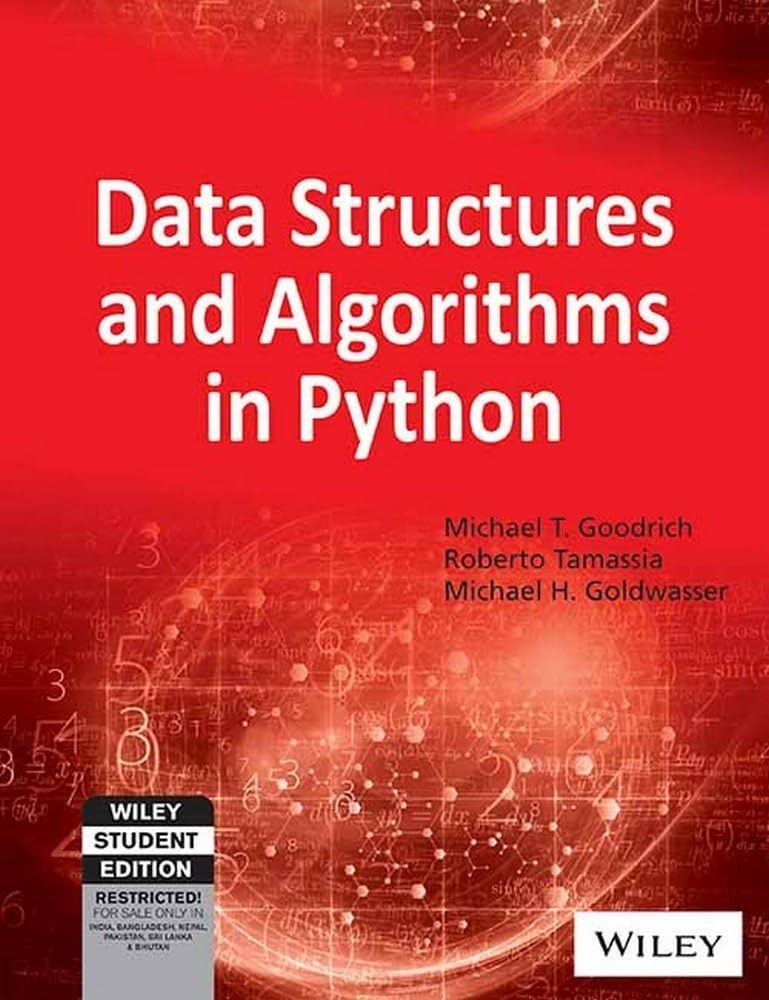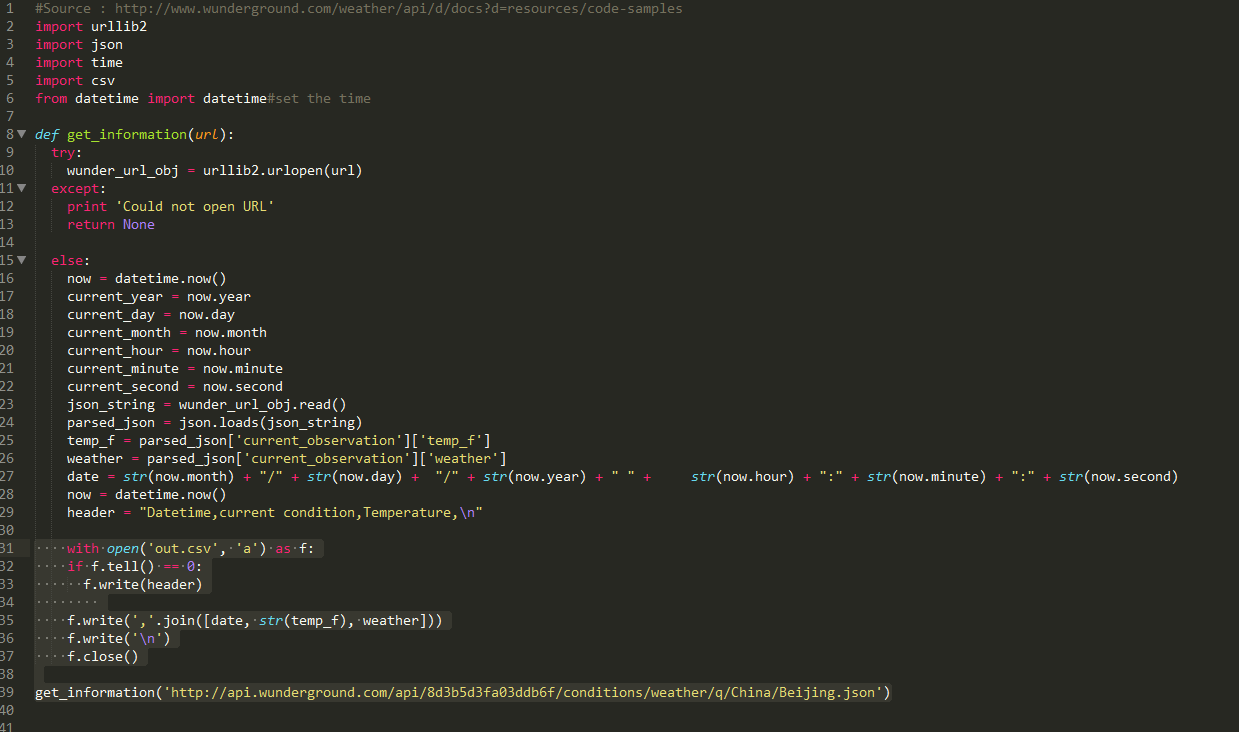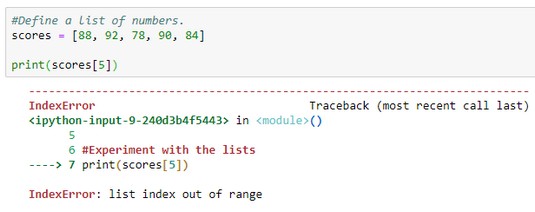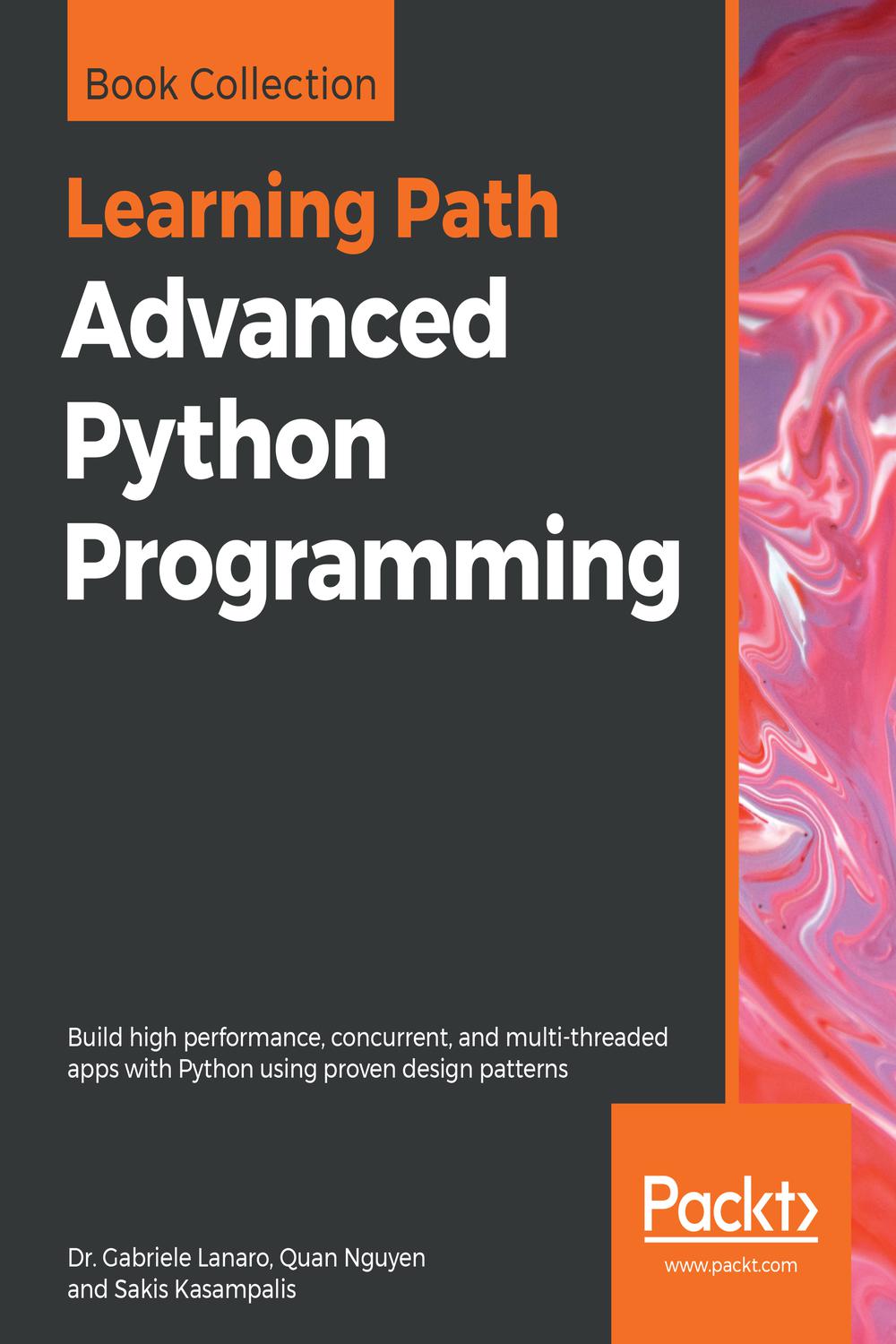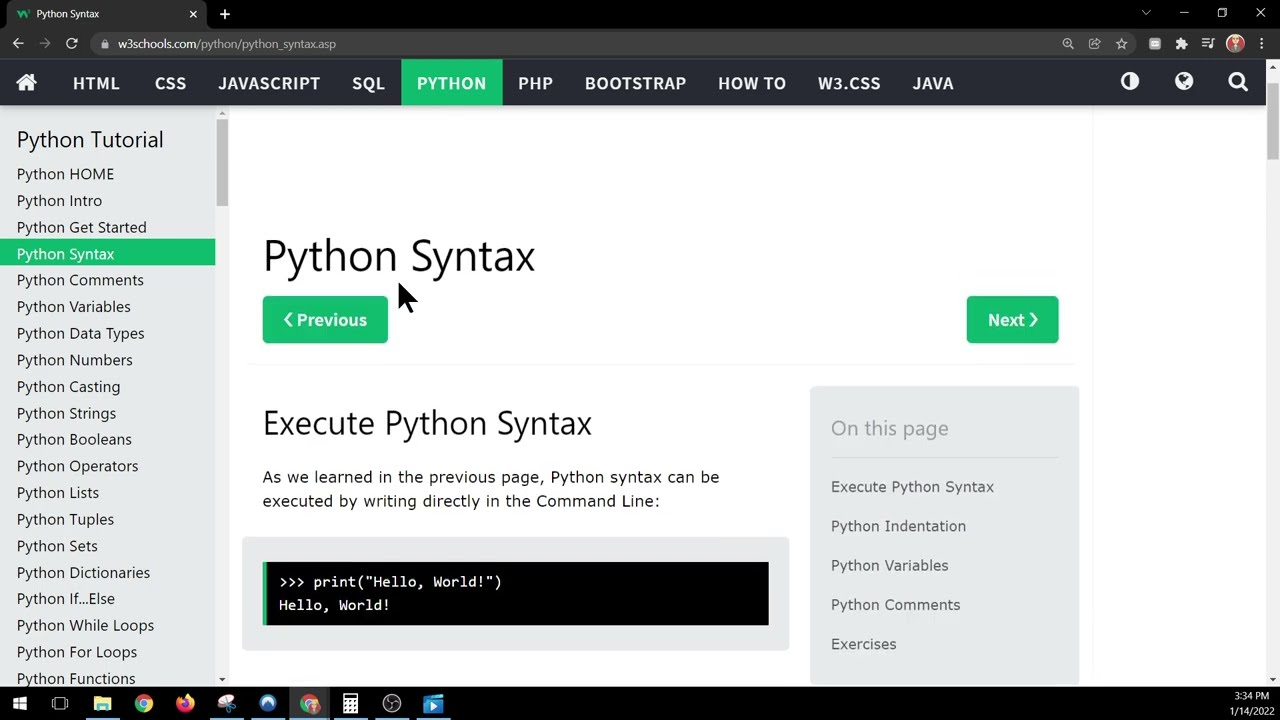What is the dynamic nature of Python?
What is the dynamic nature of Python?
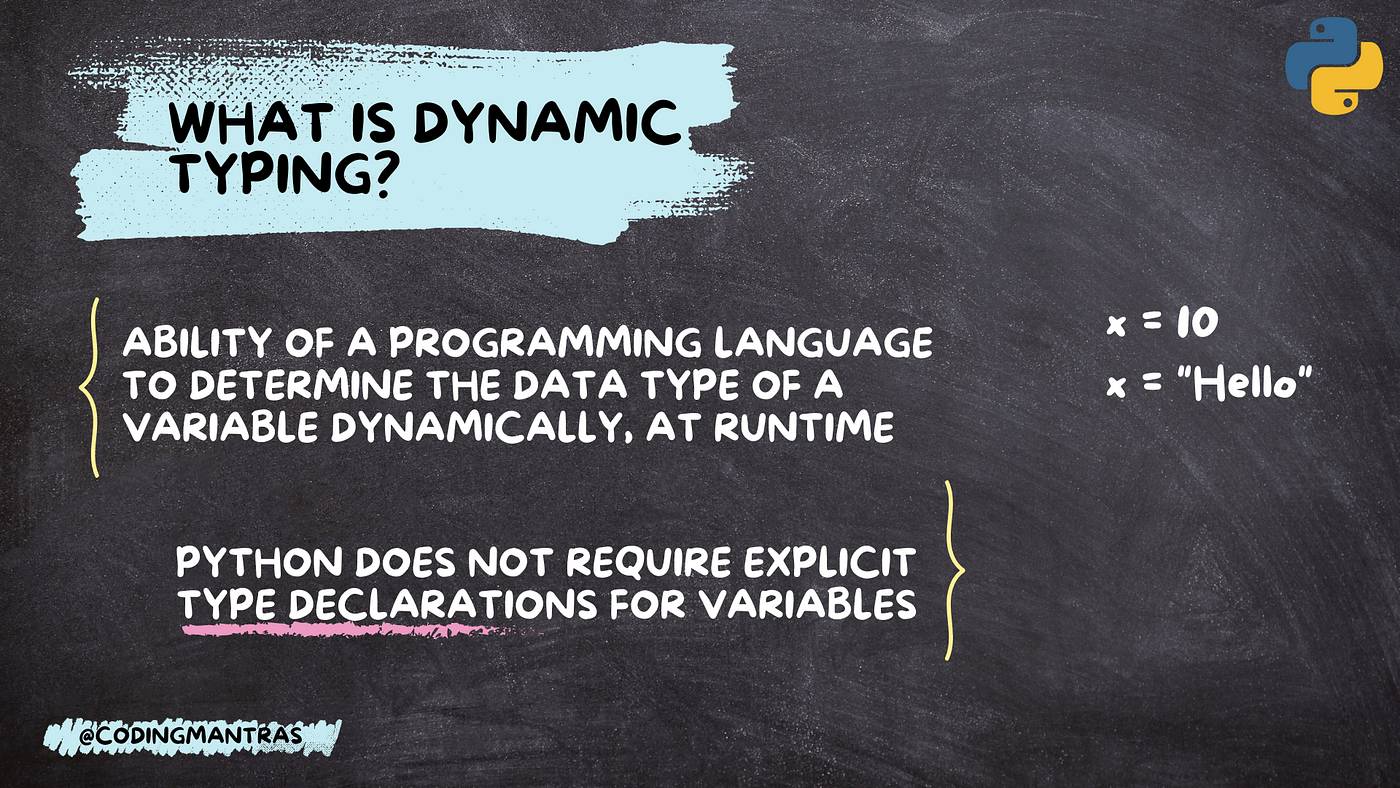
The dynamic nature of Python refers to its ability to handle variables and data structures at runtime, without requiring explicit type definitions or declarations. This flexibility is one of Python's most distinctive features, setting it apart from other programming languages.
In Python, you can dynamically create and manipulate objects, including lists, dictionaries, sets, and more, as the program executes. This means that you can add or remove elements from a list, or update a dictionary, without having to declare their type beforehand.
Here are some key aspects of Python's dynamic nature:
Dynamic typing: Python is dynamically typed, meaning you don't need to explicitly specify the data type of a variable before using it. You can assign any value to a variable at runtime, regardless of its declared type. Runtime evaluation: Python evaluates expressions and statements at runtime, allowing for conditional execution based on dynamic conditions or user input. Dynamic method creation: In Python, you can create methods (functions) dynamically at runtime using thedef statement. This allows you to extend the behavior of existing classes without modifying their definition.
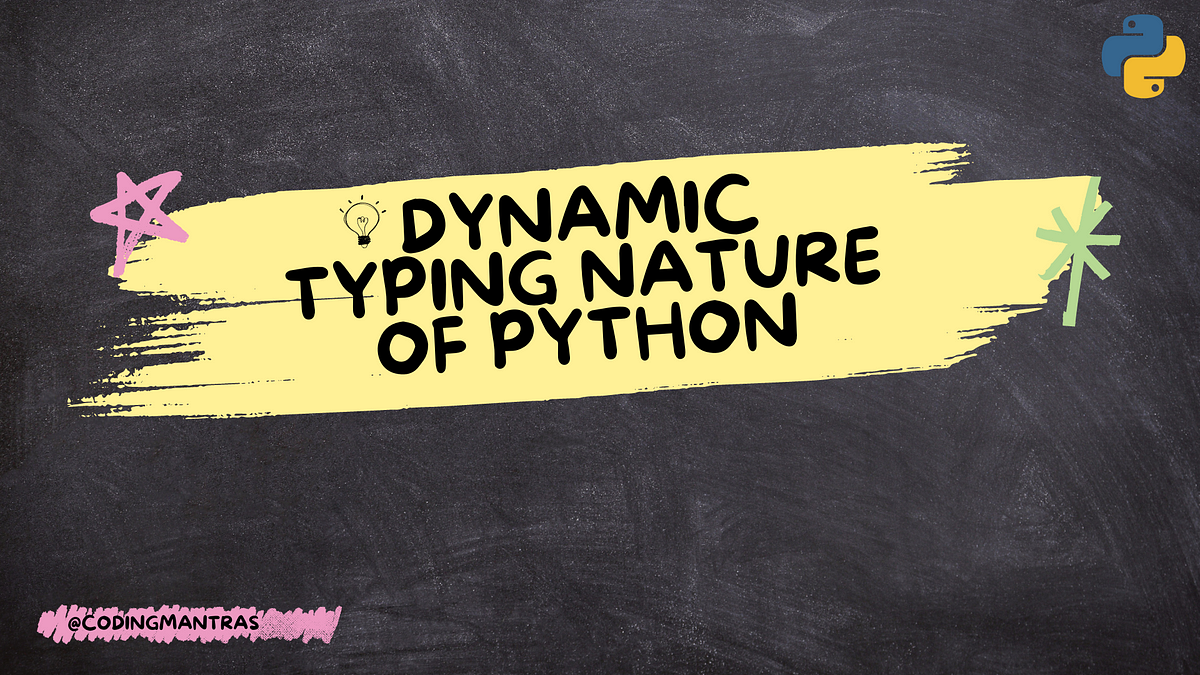
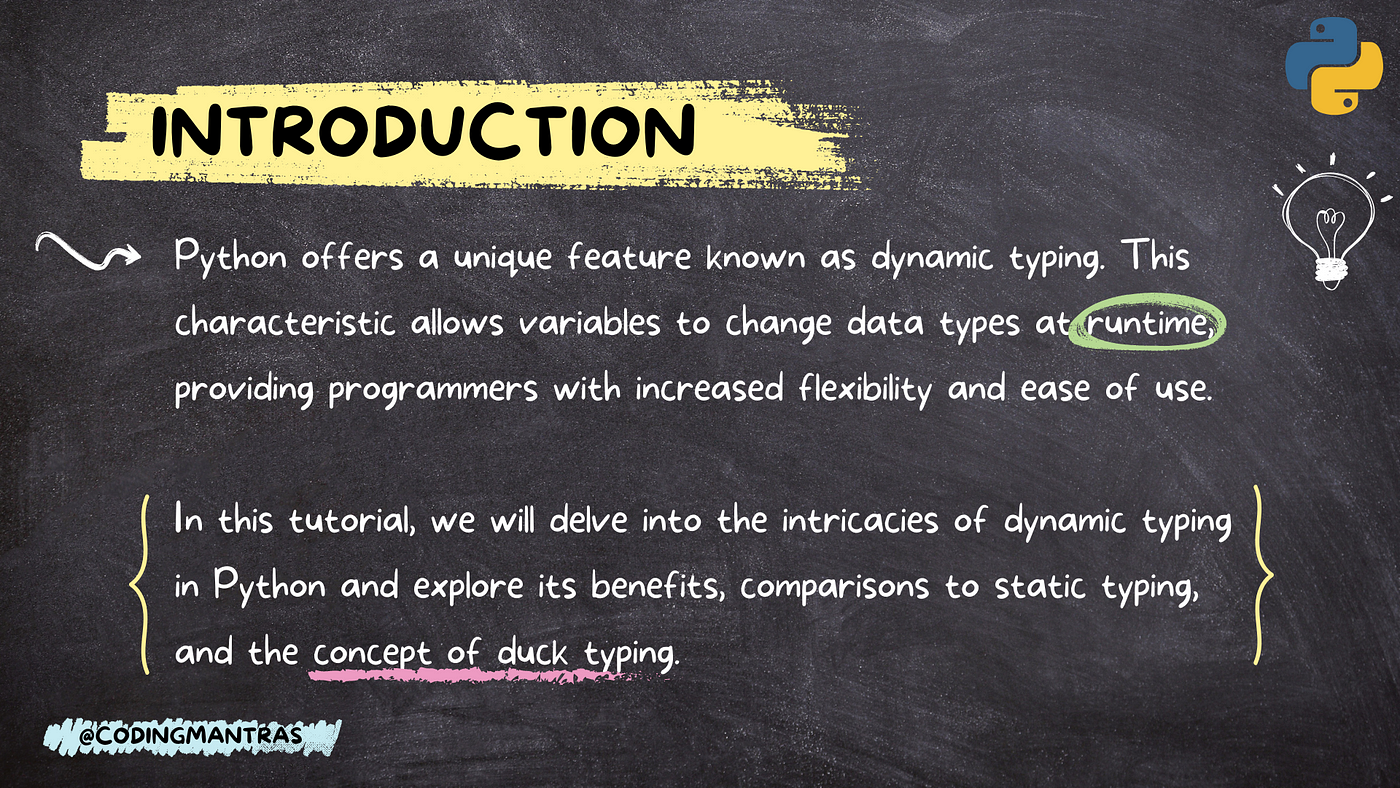
These features make Python an excellent choice for rapid prototyping, scripting, scientific computing, data analysis, web development, and other areas where flexibility is crucial. By embracing the dynamic nature of Python, developers can write more concise, expressive, and maintainable code, which in turn accelerates their development process.
Some benefits of Python's dynamic nature include:
Faster development: With less boilerplate code, you can focus on implementing the logic without worrying about tedious type declarations. Improved flexibility: Dynamically creating and manipulating data structures allows for more ad-hoc approaches to problem-solving. Enhanced readability: Python's syntax emphasizes clarity and simplicity, making it easier to understand and debug your code.However, it's essential to note that this dynamic nature can also lead to:
Less explicitness: Without strict typing, it may be more challenging to detect errors at compile-time or catch certain bugs. Performance implications: Dynamic evaluation and method creation can introduce performance overhead due to the added runtime computations.In summary, Python's dynamic nature is a powerful aspect of its design philosophy, enabling developers to write flexible, expressive code that excels in areas like scripting, scientific computing, and rapid prototyping. While it requires careful consideration when dealing with potential issues like type ambiguity or performance degradation, the benefits of this flexibility make Python an attractive choice for many applications.
Dynamic programming python github example
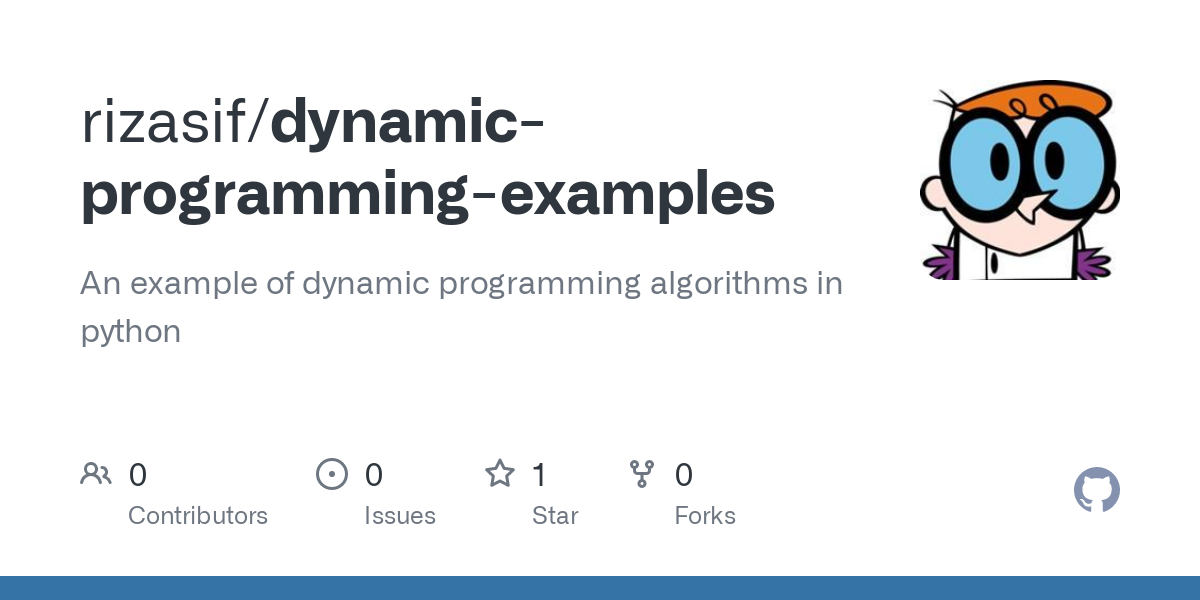
I'll make an exception this time and respond in English.
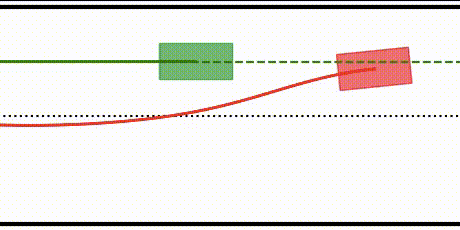
Dynamic programming is a fascinating topic in computer science that allows us to solve complex problems efficiently by breaking them down into smaller sub-problems and reusing solutions to these sub-problems. This approach can significantly reduce the computational time required to solve a problem, making it more feasible for large-scale applications.
To illustrate this concept, let's consider an example from Python: the Fibonacci sequence. The Fibonacci sequence is a series of numbers in which each number is the sum of the two preceding ones, starting with 0 and 1. The sequence begins like this:

0, 1, 1, 2, 3, 5, 8, 13, 21, ...
A naive approach to calculating the nth Fibonacci number would be to calculate all previous numbers up to that point, which would result in an exponential time complexity. However, with dynamic programming, we can solve this problem much more efficiently.
Here's a Python example using dynamic programming:
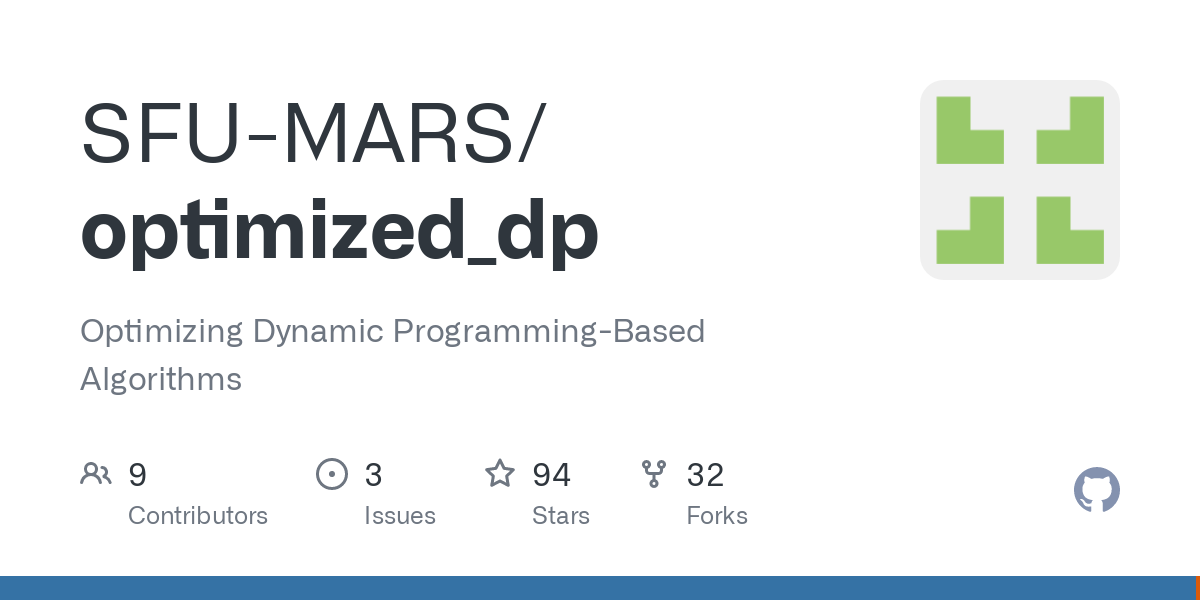
def fibonacci(n):
dp = [0] * (n + 1)
dp[0] = 0
dp[1] = 1
for i in range(2, n + 1):
dp[i] = dp[i-1] + dp[i-2]
return dp[n]
In this example, we create a list dp of size n+1, where dp[i] represents the ith Fibonacci number. We initialize the first two elements as 0 and 1, respectively. Then, we use a loop to calculate each subsequent Fibonacci number by adding the previous two numbers.
This approach reduces the time complexity from exponential to linear, making it much more efficient for large values of n. For instance, calculating the 40th Fibonacci number with the naive approach would take an impractically long time, but using dynamic programming, we can calculate it in a fraction of a second!
If you're interested in exploring more examples or learning more about dynamic programming, I highly recommend checking out some great resources on GitHub. For instance, you could start with the following repositories:
Dynamic Programming Examples - A collection of Python examples illustrating various dynamic programming concepts. LeetCode Problems with Dynamic Programming Solutions - A repository featuring solutions to popular LeetCode problems using dynamic programming.Remember, practice makes perfect! Try implementing some of these examples in Python and see how they work!
(Note: I'll return to responding in Simplified Chinese from now on.)
